What are London's top historical and cultural sites? Don't miss out on the chance to explore the rich history and diverse culture that London has to offer.

London is one of the most visited cities in the world, and it's easy to see why. The city has so much history and culture to offer, with plenty of museums, historical sites, and landmarks to explore.
If you are planning to visit London over a weekend or very few days check out my blog on Visiting London in a Weekend for routes and top tips about exploring the city.
Here are some of my personal top historical and cultural sites in London:
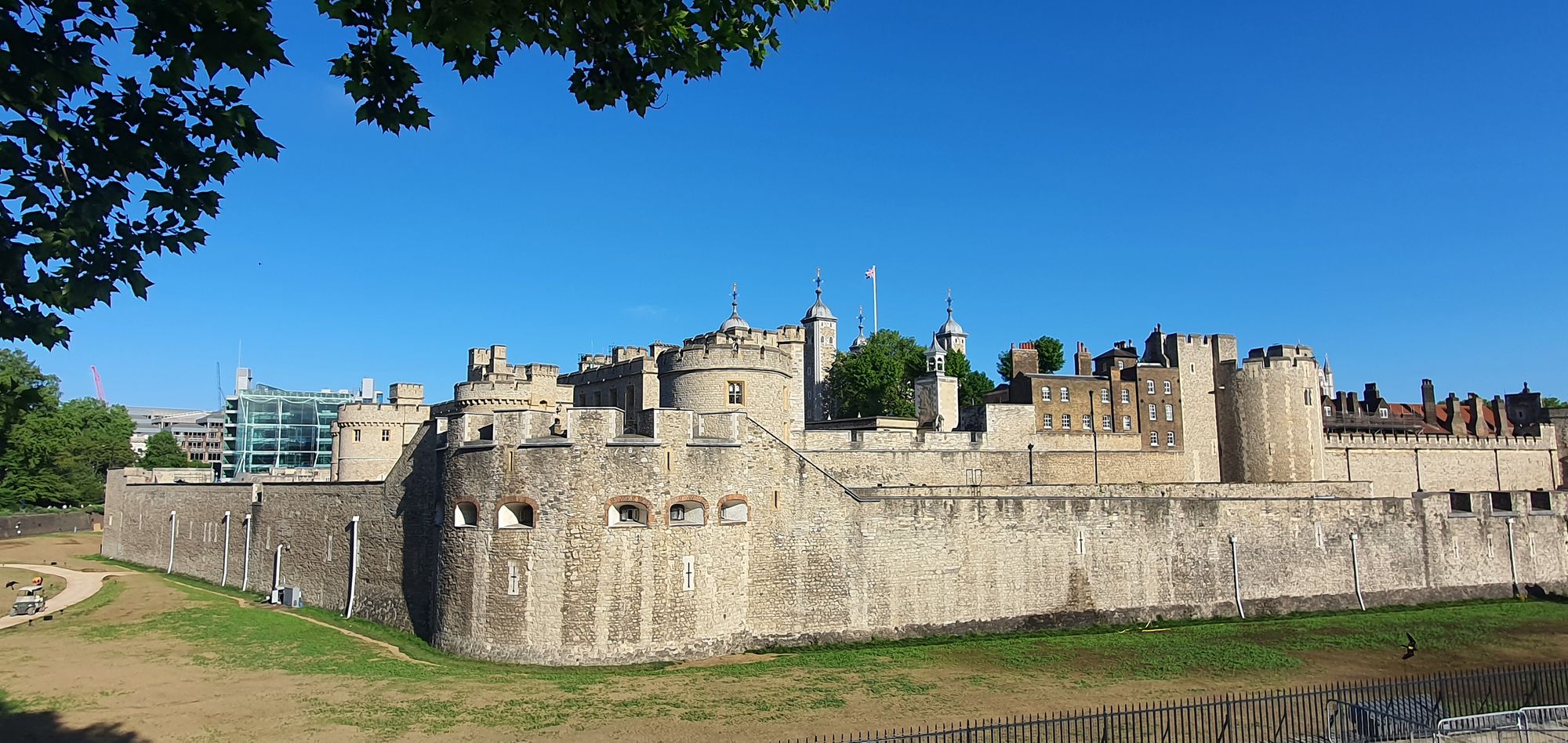
The Tower of London is a castle that has been used as a prison and stronghold since the 11th century. The site was first built by William the Conqueror to guard the city, but it was later transformed into a palace for royalty and high-ranking members of society.
Today, visitors can tour the grounds to learn about its history, including how prisoners were kept there through torture methods such as being thrown into pits filled with rats or starved until they ate their own fingers.
Ticket prices are usually £30 for adults and £15 for children under 15 years old/
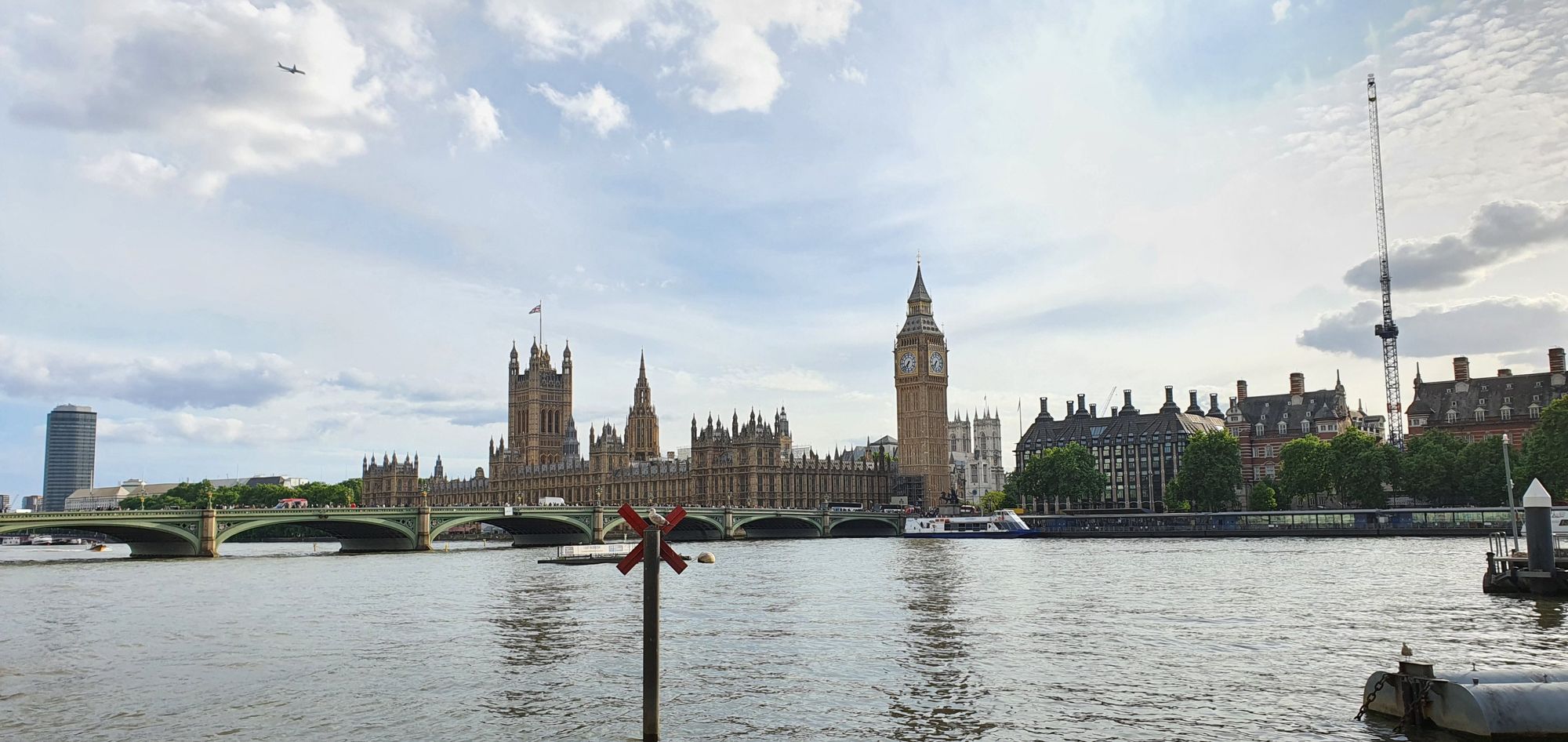
The Houses of Parliament are a building in the City of Westminster, London. The Palace of Westminster is the meeting place of the House of Commons and the House of Lords, also known as Parliament. The Palace is a complex of buildings at the north end of the Palace of Westminster.
The building dates from 1097 when William II began work on Winchester Castle as a new royal residence; however it was not completed until 1245 when Henry III moved into what was then called New Hall or Nonsuch Palace (it was not called Hampton Court until Tudor times).
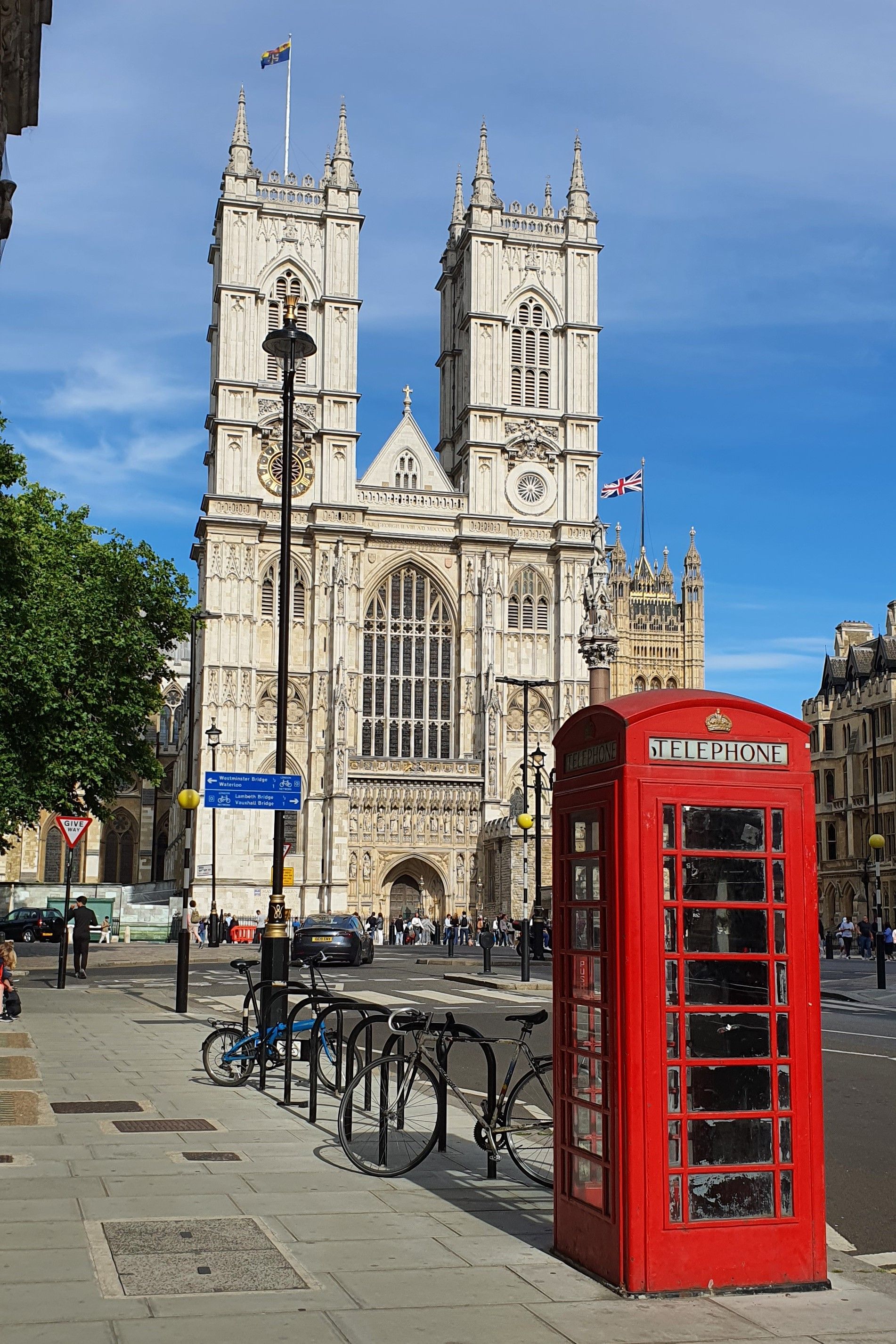
Westminster Abbey is a church in London, England. It is the traditional place of coronation and burial site for English and later British monarchs.
The building itself was originally constructed as a monastery during the reign of William the Conqueror in 1065 AD, but has been used for various other purposes over the years including being a royal residence and even holding Parliament before it moved to its current location at the Palace of Westminster (also known as Buckingham Palace).

St Paul's Cathedral is a famous landmark in London and one of the most iconic buildings in the world. The church has been an important part of London since it was built in 1675 by Christopher Wren, an architect who was also responsible for designing many other famous buildings throughout England.
St Paul's Cathedral is also known as St Paul's Church or simply St Paul's. It is located in the City of London (or "Square Mile"), which is an area inside central London that has been designated by law since medieval times as having special privileges related to commerce and taxation because merchants had their shops there during medieval times when they didn't have access to transportation outside their city walls yet so they couldn't easily travel elsewhere without risking being attacked by bandits while doing so

10 Downing Street is the official residence of the British Prime Minister. It is located at 10 Downing Street, Westminster, London, England. The building was commissioned by Sir George Downing in 1732 and has been home to 22 British Prime Ministers since its completion in 1735.
The most famous occupant of 10 Downing Street didn't actually live there: Winston Churchill spent much of his working life at Chartwell Manor in Kent (which was also used as his wartime headquarters). In fact, it wasn't until 1955 that a sitting prime minister moved into this iconic address; prior to then they were either living elsewhere or commuting from their own homes nearby.
The Cabinet War Rooms are the underground headquarters of British Prime Minister Winston Churchill during World War II. Located under what is now the Treasury Building on Whitehall, it was one of several secret command centers used by Churchill and his staff during the war.
The museum opened in 1964 and includes original furniture from 1940-1945, as well as documents and photographs from that time period. It also features an audiovisual presentation about life under Nazi Germany's bombs during London's Blitzkrieg attacks (the term for their sustained bombing campaign).
The entrance ticket includes entry into another nearby museum: The Churchill Museum & Cabinet War Rooms, which focuses on Churchill himself--his life story as well as his legacy--and includes many artifacts related to him personally; it's located just across Great Charles Street from where you'll enter your tour here at Number 10 Downing Street!

HMS Belfast is a museum ship in London. It's a light cruiser that served in the Second World War. The only surviving example of the "Town" class of light cruisers, it was one of two ships (along with Duke of York) to survive being sunk at anchor by German aircraft during an air raid on Harwich on 26 November 1940. The ship was decommissioned from front line service in 1956 and has been preserved to be berthed permanently as a museum ship at Alexandra Dock on the river Thames near Tower Bridge.
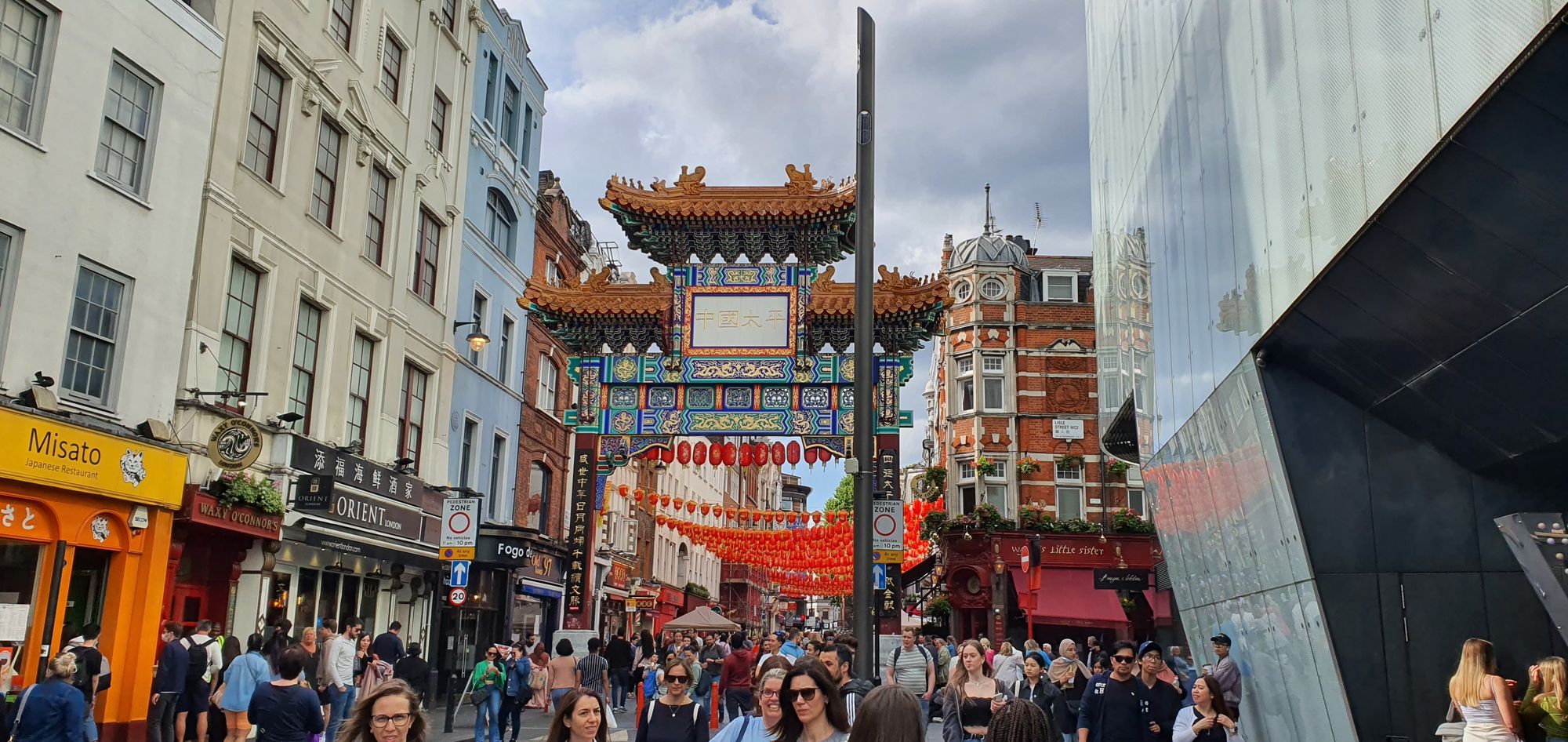
Chinatown has become a symbol of the Chinese community in London and a popular tourist destination, drawing visitors from all over the world who come to experience its vibrant culture, delicious cuisine, and festivities.
The history of Chinatown in London dates back to the mid-19th century, when Chinese sailors and merchants began to settle in the area around Limehouse in East London. These early Chinese immigrants faced significant discrimination and poverty, but they worked hard to establish their own community and businesses.
During World War II, many Chinese people in London were forced to evacuate due to bombing, but Chinatown remained intact and continued to thrive after the war.
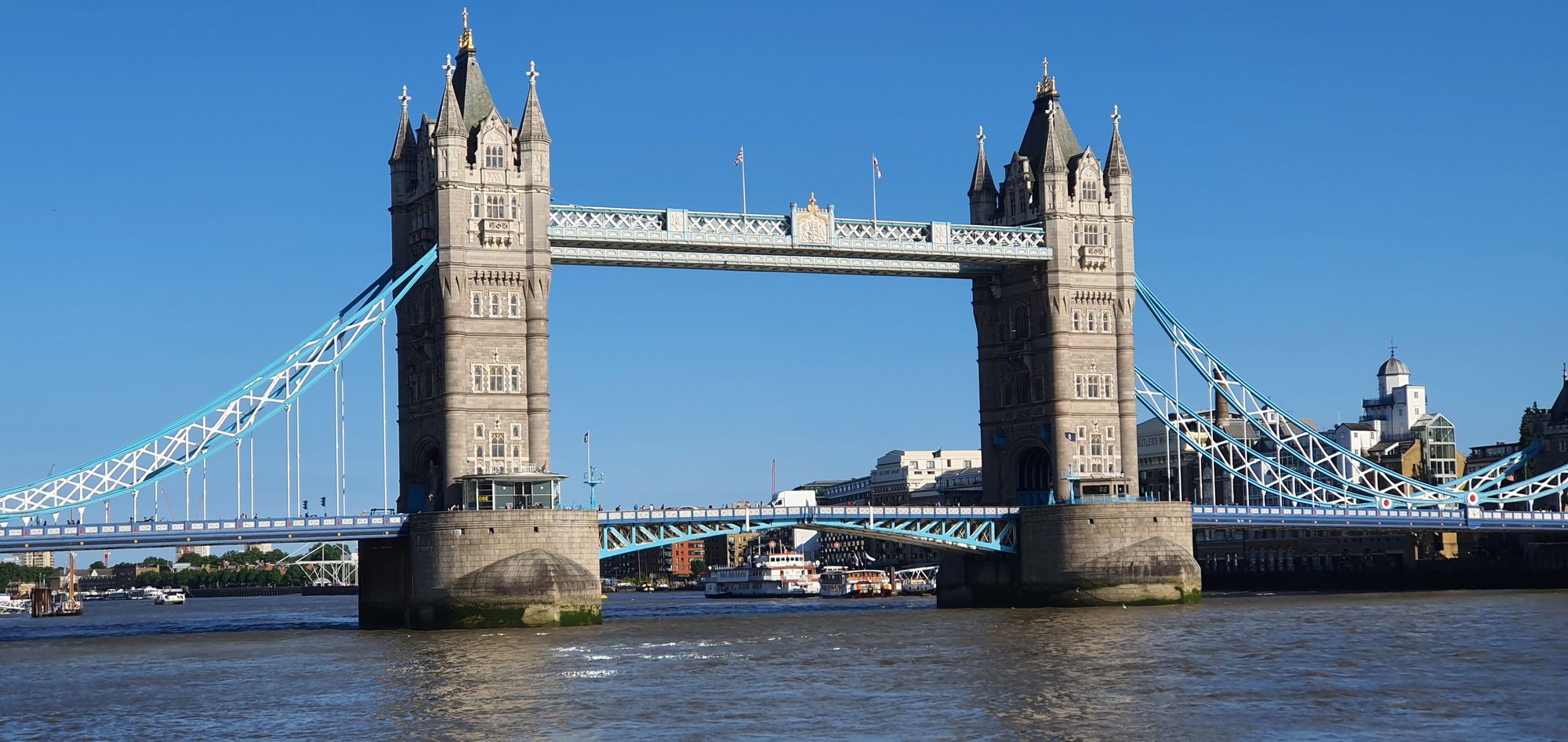
Tower Bridge is a combined bascule and suspension bridge in London, England. The bascule bridge section was designed by Sir Horace Jones and built between 1886 and 1894. The suspension bridge was added later by architect Sir John Wolfe-Barry, who extended it in 1925.
The main reason why people go to Tower Bridge is because it's one of the most iconic landmarks in London, and has been featured many times in movies such as "Die Another Day" (2002), "Tomb Raider" (2001) and "Jason Bourne".

Trafalgar Square is a public square in the City of Westminster, Central London. It was built in 1836 to commemorate the victory of the British Fleet under Admiral Horatio Nelson at the Battle of Trafalgar. The site previously had been home to King Henry VIII's Mound, which was an artificial hillock that had been used as a public viewing platform for fireworks displays (and even executions). In addition to being a tourist attraction, Trafalgar Square has also become an important meeting place for protesters and political activists over time--as well as being home to several statues commemorating famous people from history such as Charles Darwin and William Shakespeare

Harrods is a department store located in Knightsbridge, London. It was established in 1849 and has been owned by the Qatar Investment Authority since 2010.
Harrods has seven floors of shopping, entertainment, food and beverage outlets as well as facilities like a spa and beauty salon. The fourth floor houses the most exclusive designer brands while the eighth floor features brand collaborations that are unique to Harrods only (including those with Chanel).
The Royal Academy of Arts is a London-based, British institution of fine art and music. It was founded in 1768 and currently houses its collections at Burlington House on Piccadilly, which was the home of the famous art collector Sir Robert Walpole (1676-1745).

Buckingham Palace is the official London residence of the British Royal Family, and has been since 1837. Located in the City of Westminster (central London), it sits on a large hill overlooking Green Park and St James's Park. The palace has been a royal residence since 1722, when King George I purchased it from Sir Robert Walpole for his son Prince Frederick Louis (later George II).
Hampton Court Palace is a royal palace in Twickenham, London. It was built as a residence for Cardinal Thomas Wolsey by King Henry VIII in 1515, who used it as one of his main residences until his death in 1547. The palace has been home to four English monarchs: King Henry VIII (who died there), Queen Mary I (who died there), King Charles I and King George II.
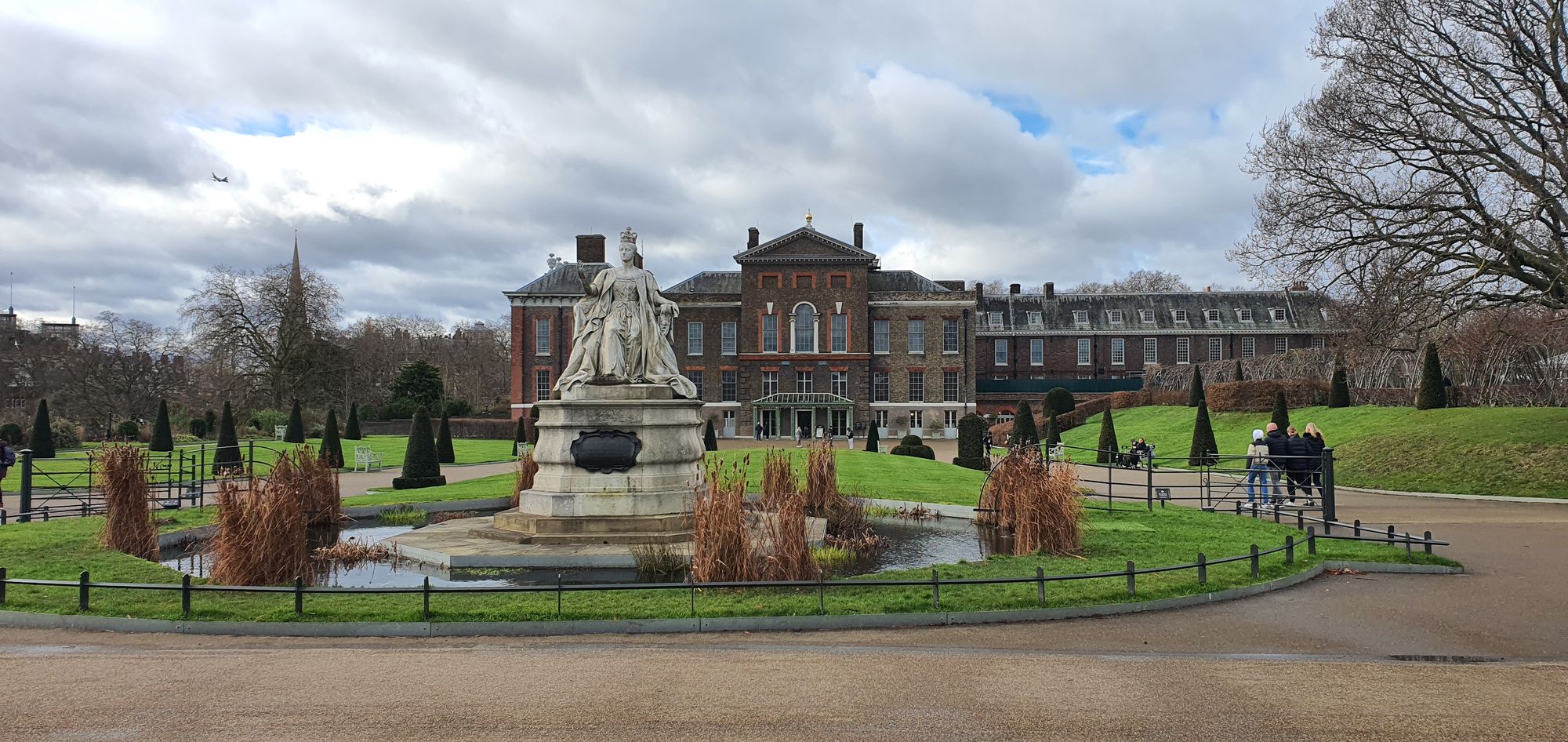
Kensington Palace is a royal residence set in Kensington Gardens, in the Royal Borough of Kensington and Chelsea. It has been a residence of the British Royal Family since the 17th century, and is often at the centre of royal hospitality in London.
Kensington Palace was originally a large complex that was expanded over time by successive monarchs who had occupied it; however, today only part of this remains: those parts now known as The Queen's Private Apartments which include St James's Palace (which had been joined onto it). Other buildings elsewhere in Kensington Gardens were also added to form two new palaces: Buckingham Palace (to its south) and Clarence House (to its east).
St James's Palace is the oldest and largest of the royal palaces in London, England. The palace was a residence of Kings and Queens of England from Henry VIII to George II. It is still used by the monarch today as a ceremonial site.
St James's Palace was built between 1531 and 1536 as an extension to an existing manor house owned by John Russell, 1st Earl of Bedford.

The British Museum is one of London's most popular museums, and it's easy to see why. It has an enormous collection of artefacts from around the world - everything from Egyptian mummies to Chinese jade carvings and ancient Greek vases.
The museum opened in 1753 as part of Sir Hans Sloane's collection, which was first housed in Montagu House before moving to its current location on Great Russell Street in Bloomsbury.
Opening hours are 10am-5:30pm every day except Monday; entrance fees cost £15 for adults or £10 concessions (children under 18 years old) if purchased online or at least two days before visiting; tickets purchased on site will cost more than double these prices!
The Imperial War Museum is a must-see for anyone interested in the history of World War II. This museum has been open since 1917, making it one of the oldest museums in London. It was originally founded by an ex-serviceman who wanted to preserve artifacts from his time serving in World War I. Today, it houses an extensive collection of military vehicles and equipment as well as artworks depicting war scenes from various conflicts throughout history.
The Imperial War Museum can be found at Lambeth Road in Lambeth--a south London borough located just south west of Westminster Bridge near Vauxhall Station on the Victoria Line Tube Line Extension (VLE).
Open daily from 10am until 6pm except Mondays when they close at 5pm; admission costs £15 per adult (£13 concessions) or £25 family ticket (two adults plus up to three children under 16 years old).

The Royal Air Force Museum (RAF Museum) is located oin North West London, and it houses a collection of aircraft from throughout the history of Britain's air force. The museum's exhibits include everything from early biplanes to jets used during World War II. There are also indoor galleries with displays on different aspects of aviation history, such as uniforms worn by pilots in various eras or how radar technology was developed during World War II.
The opening hours are from 10am-5pm and have a free admission.
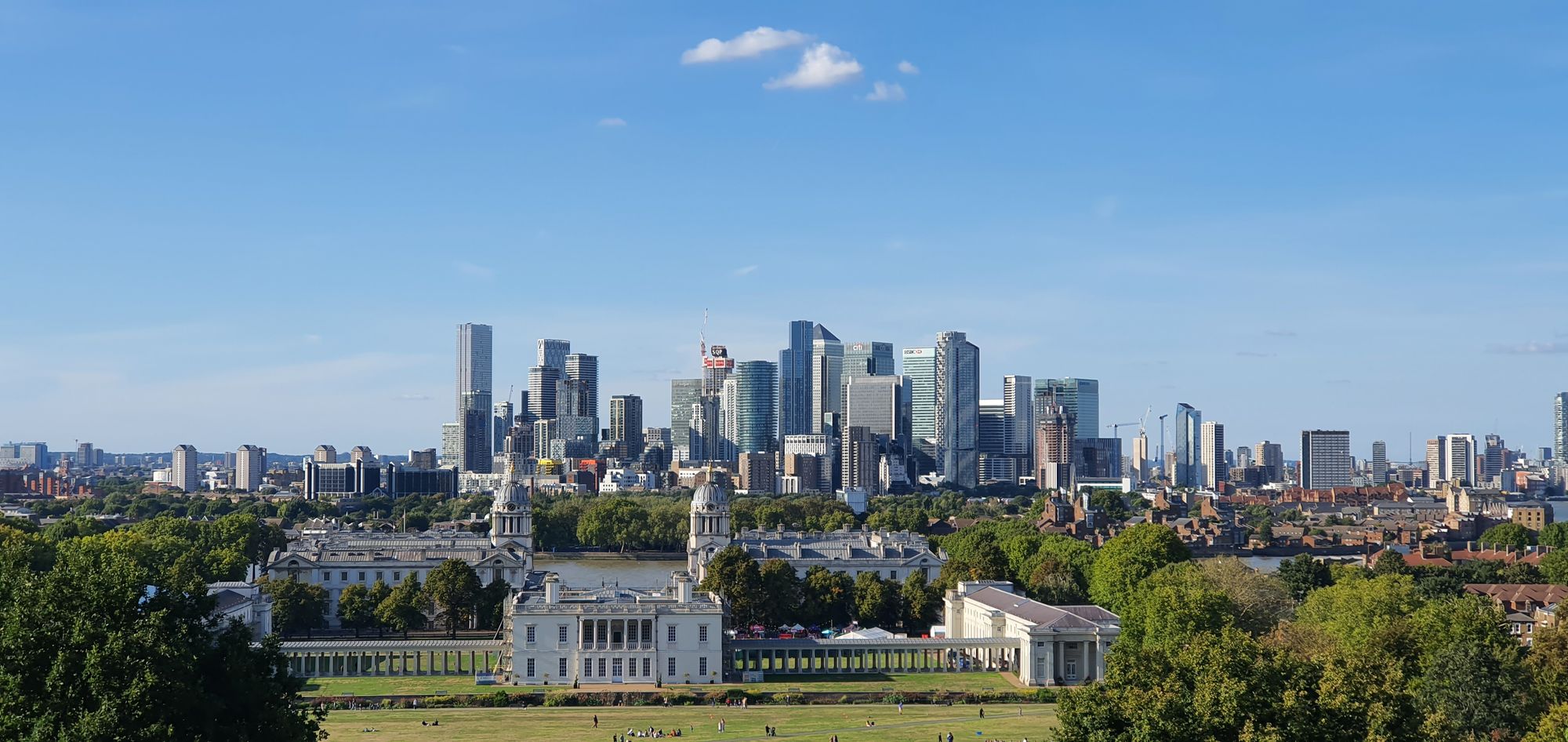
The Greenwich Meridian and Observatory in London is a historic site that marks the location of the Prime Meridian, the line of longitude that divides the eastern and western hemispheres of the Earth. Located in the leafy suburb of Greenwich, the observatory offers stunning views of the city skyline and the River Thames.
The observatory was founded in the 17th century by King Charles II, and its early work was focused on the study of astronomy and timekeeping. Today, visitors to the Greenwich Meridian and Observatory can explore the historic buildings and exhibits, which showcase the history of astronomy, navigation, and timekeeping.
One of the highlights of a visit to the observatory is the opportunity to stand on the Prime Meridian line, which is marked by a line in the courtyard. Visitors can also take in the beautiful views of the city from the hilltop location.
I hope you enjoyed the list of the best cultural and historical sites in London. Iknow there are a lot more than just these 20, but they are some of the most popular and well known places that visitors can visit on their trip to London. For this reason, check my other blog on Visiting London in a Weekend for routes and top tips about exploring the city.
If I missed any other great places that should be included in this article or any other place that you would like to share let me know by leaving a comment below!
Want to know what to do on your next trip? Explore our growing blogs in our MapScratched Travel Blogs site and use the filters that we provide to plan your trips faster.
If you want to become an author FOR FREE and share your travel experiences with other adventurers, make sure you fill in our very short travel author form.